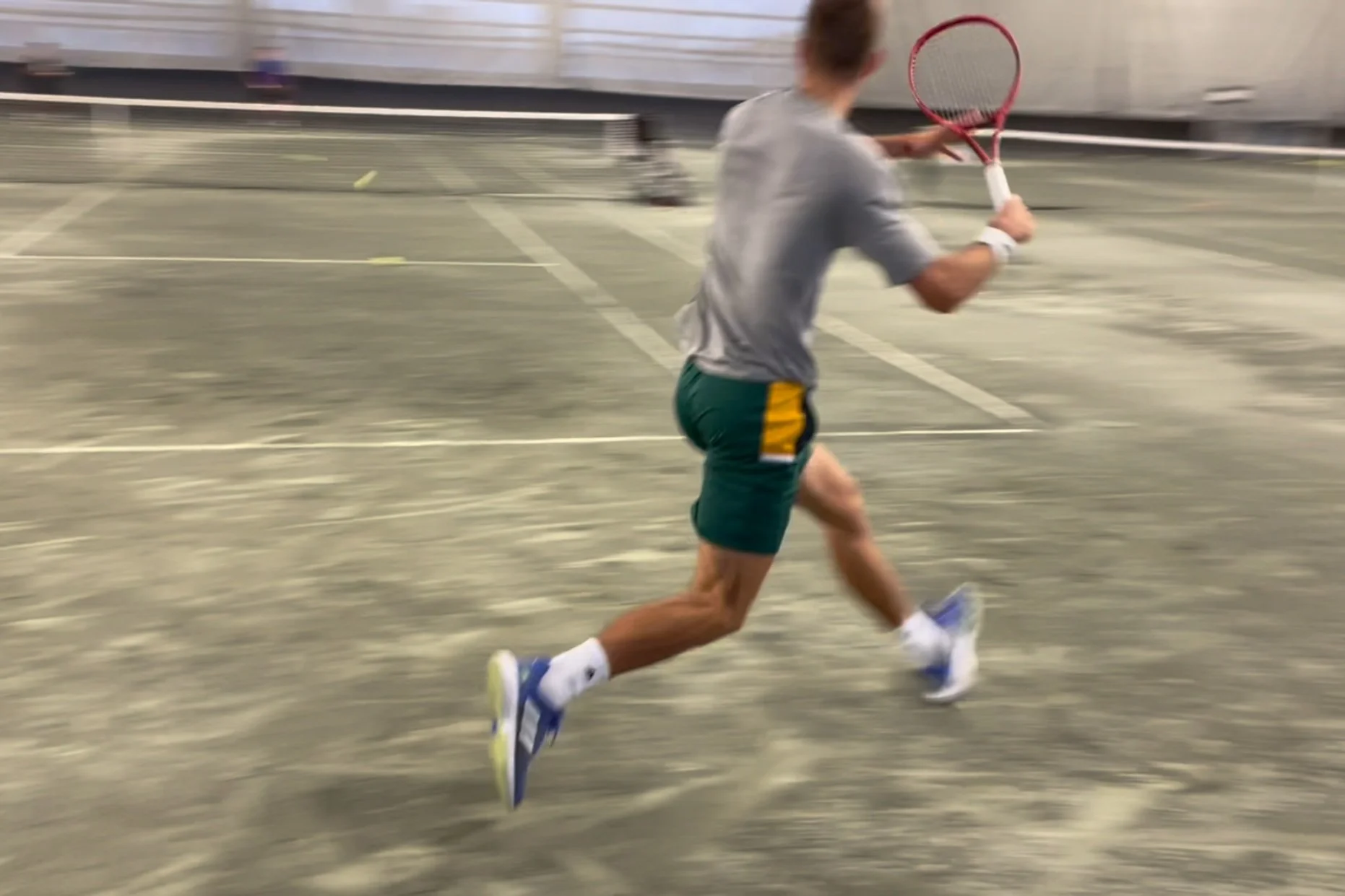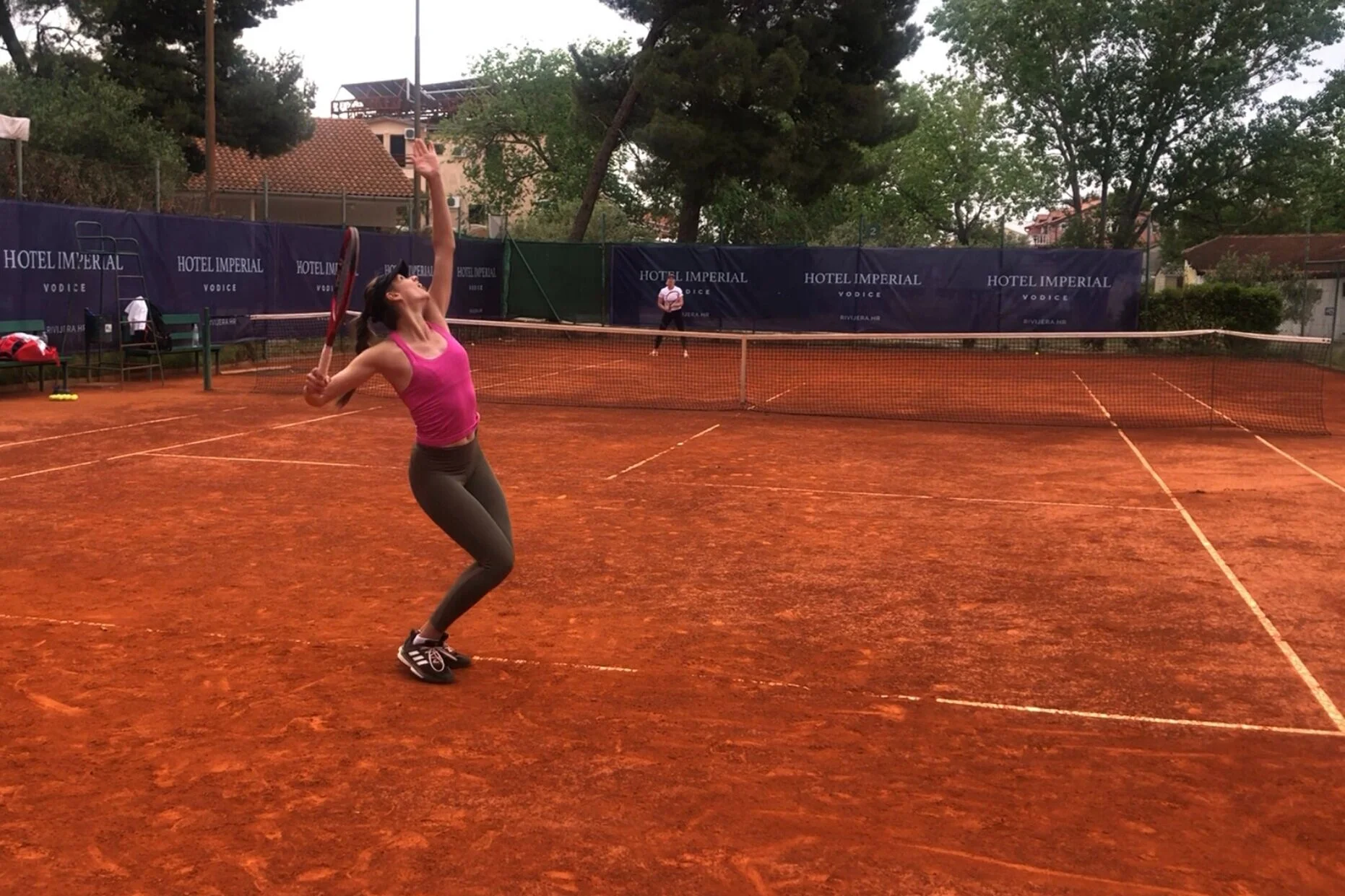What does the typical practice in tennis look like? If you’re someone that’s been around the game for many years, it probably follows a pretty similar structure - mini-tennis, groundstrokes, volleys/overheads and lastly, serves and returns.
But what if a player’s priority is to improve the serve? Does it make sense to hit for an hour (or like in many tennis settings, beyond an hour) prior to serving?
While there’s nothing normal about the current competitive tennis calendar, a few of my players are in a situation where they’re able to play a competitive league - organized by Tennis Canada.
I recently wrote an article for ALTIS - an education platform & elite athlete training facility - where I outlined how I use their Kinogram Method with tennis players.
What I didn’t do in that post, however, was show a step-by-step approach of how to actually develop a kinogram - which is what I’m going to do here.
Every competitive tennis player has experienced playing in the “zone” at some point in their career. You feel dynamic, but calm and relaxed. You have a feeling of strength, confidence and invulnerability. You take pleasure in the match and the battle at hand, without worrying about losing, or even winning for that matter. You forget about technical flaws, you focus on the ball and your target. In the end, you just play, and everything seems to flow, in so much that you might even lose track of time and the score. Seem familiar?
Whether you’ve experienced the zone during a competitive match or not, many will agree that the feelings I just described represent an ideal mental state to play elite level tennis. So what if I told you that you could get in the zone on command?
A few weeks back, I had the privilege of working alongside coach Marcel du Coudray. We were coaching his pupil - ATP player Marc Polmans - at the Rogers Cup in my hometown of Montreal. Marc was accepted as the last entry into qualifying and got his first top 50 win against Andrey Rublev where he came back from 3-5 down in the 3rd set and save 3 match points at 3-6 down in the breaker (Rublev was ranked #49 in the world at the time of the match).
After my last post, I received many inquires from young players. The questions ranged from "do you think I should give the tour a try" to "what does it take". I believe every young player should ask themselves these important questions. But perhaps beforehand, they should know what it means to be a pro tennis player.
Have you ever looked at a tennis player’s profile page? Notice the image below and pay close attention to where it says “Turned Pro”. There are over 2000 men on the ATP circuit that have ‘Turned Pro’ but in my opinion, there’s a difference between being a true professional and still being an amateur.
Post-college tennis players give up too soon. Let me be more specific. Post-college players often times don’t have a clue what to do once they’re free from exams and fierce duel matches. So many of them claim they’ll continue to play tennis. But the reality...they hack around. They play a few pro events, a couple money tournaments, coach on the side but they don’t truly commit to any one of those things. Perhaps not all post-college players are like this but I was, and many of my former competitors and training partners were too.







